Filter by
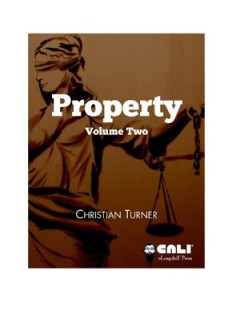
Property, Volume 2
This is Volume Two of a two volume set written for Property Law. From the Preface to Volume One: Property, as a vaguely defined collection of contract, tort and criminal cases, does not take on the natural structure of a substantive area of the law through the systematic study of duty, breach, causation, defenses, and damages. Instead this textbook and most Property courses survey various topic…
- Edition
- -
- ISBN/ISSN
- -
- Collation
- -
- Series Title
- -
- Call Number
- -
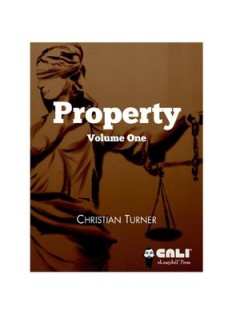
Property, Volume 1
This is Volume One of a two volume set written for Property Law. From the Preface: Property, as a vaguely defined collection of contract, tort and criminal cases, does not take on the natural structure of a substantive area of the law through the systematic study of duty, breach, causation, defenses and damages. Instead this textbook and most Property courses survey various topics in law with t…
- Edition
- -
- ISBN/ISSN
- -
- Collation
- -
- Series Title
- -
- Call Number
- -
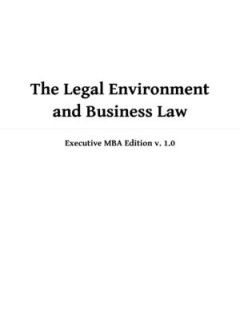
The Legal Environment and Business Law Executive M.B.A. Edition, v. 1.0
This book is part of a small project by Andy Schmitz to archive copies of all the books which were made available online from a specific publisher at the end of 2012 in order to preserve their status as Creative Commons-licensed textbooks and therefore remain free to access and use. Schmitz explains why there are no authors, publisher names or descriptions: The books are licensed under …
- Edition
- -
- ISBN/ISSN
- -
- Collation
- -
- Series Title
- -
- Call Number
- -
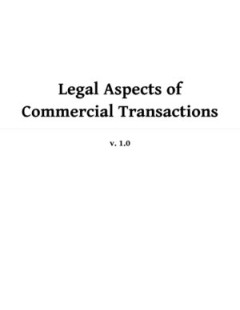
Legal Aspects of Commercial Transactions v. 1.0
This book is part of a small project by Andy Schmitz to archive copies of all the books which were made available online from a specific publisher at the end of 2012 in order to preserve their status as Creative Commons-licensed textbooks and therefore remain free to access and use. Schmitz explains why there are no authors, publisher names or descriptions: The books are licensed under …
- Edition
- -
- ISBN/ISSN
- -
- Collation
- -
- Series Title
- -
- Call Number
- -

Dark Conceit: The Making of Allegory
Dark Conceit is the first book in English to treat allegory seriously in terms of literary creation and criticism. The study explores the methods and ideas that go into the making of allegory, discusses the misconceptions that have obscured the subject, and surveys the changing concept of allegory. The greater part of the book concerns the typical features of allegorical fiction, focusing on a …
- Edition
- -
- ISBN/ISSN
- 9780810139503
- Collation
- -
- Series Title
- -
- Call Number
- 302.2
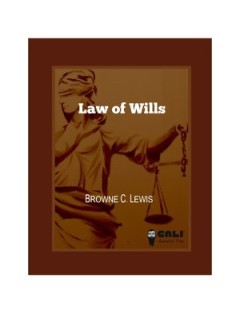
Law of Wills
The purpose of this casebook is to train law students to think and act like probate attorneys. This book is meant to be used in conjunction with the author's book on the law of trusts. This book's focus is problem-solving and legal application; the book includes numerous problems, so law students can learn to apply the law they learn from reading the cases. It also contains collaborative learni…
- Edition
- -
- ISBN/ISSN
- -
- Collation
- -
- Series Title
- -
- Call Number
- -
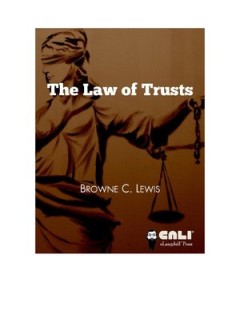
The Law of Trusts
The use of testamentary trusts is becoming an important part of estate planning. As a result, students who want to make a living as probate attorneys will need to know how trusts fit into estate planning. In addition, bar examiners realize that it is important for students to have a basic knowledge of trust law. That realization will result in bar examination questions that test that knowledge.…
- Edition
- -
- ISBN/ISSN
- -
- Collation
- -
- Series Title
- -
- Call Number
- -
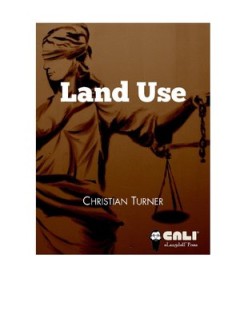
Land Use
This text explores the laws governing the use of land. Sometimes narrowly focused, often intensely local, land use regulation may give the impression of a highly specialized field with small stakes.The text is divided into three parts:First, we will survey the ordinary, local administrative scheme of land use regulation. The cases in this section are intended to establish what that system is an…
- Edition
- -
- ISBN/ISSN
- -
- Collation
- -
- Series Title
- -
- Call Number
- -
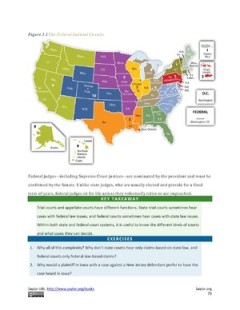
Introduction to the Law of Property, Estate Planning and Insurance
Introduction to the Law of Property, Estate Planning and Insurance is an up-to-date textbook that covers legal issues that students must understand relating to real estate (an especially important business asset), as well as estate planning and insurance. The text is organized to permit instructors to tailor the materials to their particular approach. The authors take special care to engage stu…
- Edition
- -
- ISBN/ISSN
- -
- Collation
- -
- Series Title
- -
- Call Number
- -
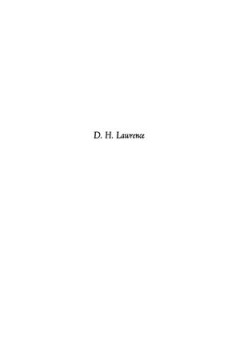
D. H. Lawrence: The Failure and Triumph of Art
In D. H. Lawrence, Eliseo Vivas examines the aesthetic triumphs and failures of Lawrence’s major works through a literary device that he coins the constitutive symbol. Understanding how Lawrence uses the constitutive symbol provides new insight into his world views. Vivas covers a wide range of Lawrence’s work, including Aaron’s Rod, Kangaroo, The Plumed Serpent, Lady Chatterley’s Lover…
- Edition
- -
- ISBN/ISSN
- 9780810139541
- Collation
- -
- Series Title
- -
- Call Number
- -
 Computer Science, Information & General Works
Computer Science, Information & General Works  Philosophy & Psychology
Philosophy & Psychology  Religion
Religion  Social Sciences
Social Sciences  Language
Language  Pure Science
Pure Science  Applied Sciences
Applied Sciences  Art & Recreation
Art & Recreation  Literature
Literature  History & Geography
History & Geography